Sundance 2022 Women Directors: Meet Sara Dosa -“Fire of Love”
Sara Dosa is an Indie Spirit Award-nominated documentary director and Peabody award-winning producer. Her first feature as a director, “The Last Season,” won a Golden Gate Award at its SFIFF 2014 premiere, and was nominated for the Indie Spirit...
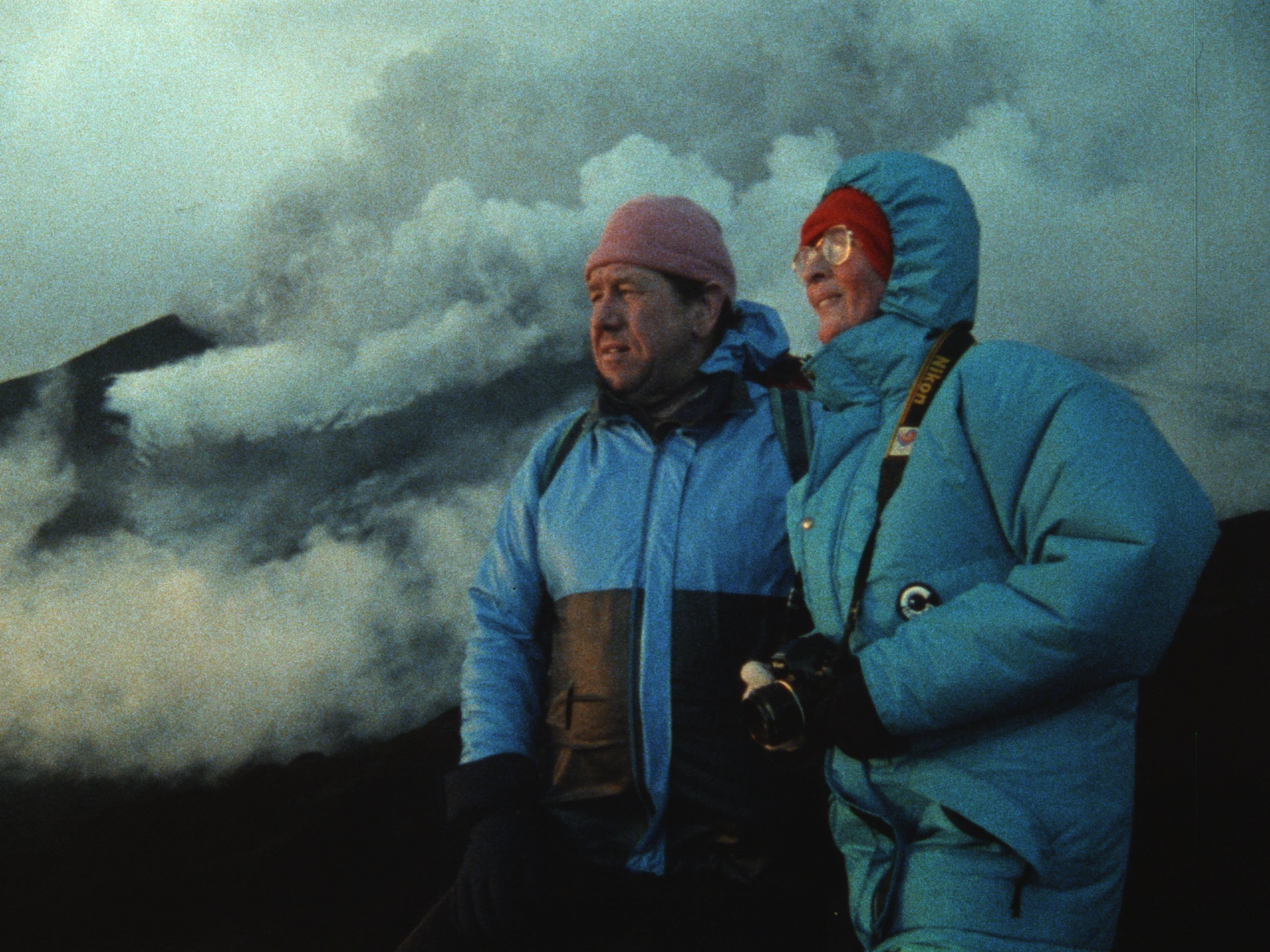
Sara Dosa is an Indie Spirit Award-nominated documentary director and Peabody award-winning producer. Her first feature as a director, “The Last Season,” won a Golden Gate Award at its SFIFF 2014 premiere, and was nominated for the Indie Spirit Truer Than Fiction Award. Dosa co-directed an Emmy nominated episode of the Netflix music series “Re-Mastered” and premiered her third feature “The Seer & The Unseen” in 2019. In 2018, DOC NYC named Dosa to the inaugural “40 under 40” class of documentary filmmakers and she was inducted into the Academy of Motion Picture Arts & Sciences.
“Fire of Love” is screening at the 2022 Sundance Film Festival, which is running online from January 20-30. More information can be found on the fest’s website.
W&H: Describe the film for us in your own words.
SD: “Fire of Love” is an unexpected love story of two intrepid French scientists, Katia and Maurice Krafft, who died in a volcanic explosion doing the very thing that brought them together: seeking to understand the mystery of volcanoes by capturing the most spectacular imagery ever recorded.
The two shot hundreds of hours of footage and thousands of photographs, risking their lives to get as close to the thrill of the fire as humanly possible. “Fire of Love” playfully interprets the Kraffts’ story and images they left behind, resulting in an archival collage adventure through themes of love, time, the implacable unknown, and the meaning of human existence amid the vastness of our planet’s most awesome force.
W&H: What drew you to this story?
SD: We first learned about Katia and Maurice, our heroes of “Fire of Love,” while researching archival imagery of Icelandic volcanoes for my last film “The Seer & the Unseen,” which we shot in Iceland. That doc was also produced by one of my “Fire of Love” producers, Shane Boris, and edited by one of my “Fire of Love” editors, Erin Casper.
Once I saw Katia and Maurice’s footage, I was stunned — the imagery was not just spectacular, but was captured at such close range, dangerously close. The imagery indicated that they were willing to risk their lives to experience and understand the power of volcanoes. And, the more I learned about them, the more I became fascinated by their unique relationship, their humor, their philosophy, and their passion for the planet.
W&H: What do you want people to think about after they watch the film?
SD: Foremost, I hope people will think about what it means to live a meaningful life and die a meaningful death. Through their dedication to understanding how the earth works – at the cost of their own lives – Katia and Maurice exemplify that notion.
I also hope audiences will think about what we leave behind as we pass on from this earth: the footage, the photographs, the materiality of one’s archives, but also the questions and all that cannot be answered. In our film, we acknowledge that there are holes in Katia and Maurice’s story – questions we had for them that will forever remain mysteries since they themselves have died. In my mind, it’s in these gaps where myths are shaped that offers a way to understand the unknown. I hope the audiences will see our film as a kind of a myth about the epic love and lives of our protagonists.
And most importantly, I hope the audience will think about love.
W&H: What was the biggest challenge in making the film?
SD: There were a number of challenges, but I do think that our challenges did bloom into creative opportunities. For example, the 16mm footage didn’t have any sound, so our editors, Erin Casper and Jocelyne Chaput, meticulously created whole soundscapes during the editing process long before we even got to the mix. Also, as either Katia or Maurice was usually behind a camera, there is very little of Maurice and Katia actually interacting with each other, so we had to figure out how we were actually going to tell a love story.
There is no footage of them kissing or holding hands, but that led us to think creatively and see how their shared true love was volcanoes; they loved each other but also worked together so that they could be with their third love. Volcanoes became our language of telling a love story, and we thought that was truer to Katia and Maurice’s story than if you ever actually saw them kiss.
W&H: How did you get your film funded? Share some insights into how you got the film made.
SD: I feel profoundly grateful for our funders and executive producers Sandbox Films who primarily supported the film. Greg Boustead and Jessica Harrop, who run Sandbox Films, were dream partners for this film: they came on at the earliest stage, worked with us through the development process all the way through post-production. They are filmmaker-friendly and have a unique approach to supporting cinematic science storytelling.
Also, we received a generous grant from the Sundance Documentary Film Program, as well, along with award funds from the Hot Docs Forum where we pitched. We also received funding from Telefilm Canada and the Canada and Quebec tax credits programs.
W&H: What inspired you to become a filmmaker?
SD: For most of my life, I thought I was going to be a professor of anthropology who critically studied systems of power specifically through the lens of economic and ecological relationships. However, as I progressed in my academic life, I began to feel the limitations of academic languages and structures.
I felt increasingly pulled towards visual arts and storytelling as a means to explore the questions that fascinated me most and brought me a sense of meaning and justice. I found a new home in the Bay Area non-fiction community and fell in love with the process of making documentary films. Namely, I loved the collaborations: between both the subjects of the films and between my crew.
W&H: What’s the best and worst advice you’ve received?
SD: The best advice I have received is to see every challenge as an opportunity for creativity. Even if I have doubted it at first, I have come to know that there is a true flip side to each obstacle — if pursued with integrity of vision, spirit, and respect.
I’m actually unsure of the worst advice I’ve received, but it probably would have to do with people encouraging me or my collaborators to make choices that fall outside of the bounds of what we ethically or creatively feels true and right for our process and project in order to satisfy a commercial or political aim.
W&H: What advice do you have for other women directors?
SD: The best advice I can give is to hold your good collaborators close and go the extra mile in making your women and nonbinary colleagues’ labor and contributions all the more visible through the filmmaking process. Develop your community through respect and reciprocity.
W&H: Name your favorite woman-directed film and why.
SD: “Me and You and Everyone We Know,” written, directed, and starring Miranda July. I’m not just saying this because Miranda July is our narrator for “Fire of Love” – she has been a profound force of inspiration in my life for years, all stemming back to the first time I saw this film in 2006.
I love “Me and You and Everyone We Know” because I believe that each and every scene is saturated with a feeling of poignant intimacy; there’s a delicate strangeness that somehow is unmistakably familiar all at once. It’s funny and existential and warm and alive – I’ve watched it so many times now that it feels like an old and trusted friend.
W&H: How are you adjusting to life during the COVID-19 pandemic? Are you keeping creative, and if so, how?
SD: The pandemic has been rough on me and full of not just adjustments, but some radical changes, as well. I feel grateful though for my friends, family, and filmmaking community who have helped me navigate through this time.
Specifically, at the start of the pandemic, a group of doc directors — Cecilia Aldarondo, Eddie Martinez, Hannah Jayanti, Samara Chadwick, Sasha Wortzel, Sonia Kennebeck, Ursula Liang — and I would meet once a week through Zoom to discuss what to do amid the collapse of in-person festivals, how to keep making films, how to support each other and how to build community amid the fear and isolation. They were such a lifeblood and our friendships and collaborations continue to inspire me now almost two years after the pandemic hit.
I also feel so lucky to have gotten to work on an archival film during the pandemic, which didn’t require any new fieldwork or shooting. And with such wonderful collaborators, especially producers Shane Boris and Ina Fichman and editors Erin Casper and Jocelyne Chaput. We were in touch each and every day and their humor, insights, and talents kept me inspired – and sane!
W&H: The film industry has a long history of underrepresenting people of color onscreen and behind the scenes and reinforcing — and creating — negative stereotypes. What actions do you think need to be taken to make it more inclusive?
SD: I think that funders, studios, distributors, and institutions need to support and build meaningful infrastructure for BIPOC, women, and gender-expansive filmmakers as well as fund, support, and exhibit the stories that they are telling. While there is some movement in that direction, it needs to become more structural and less performative.
These decision-makers must enact hiring practices that accurately reflect the diversity of our country and rectify the inequitable practices of the past, rather than pull from networks formally or informally channeled through systems of privilege and discrimination. Brown Girls Doc Mafia is one highly recommended organization that champions BIPOC women and nonbinary talent and encourages more just hiring practices as a means to bring about this more structural shift.
When making films centered on BIPOC communities and historically marginalized people, I also think that filmmakers in positions of power and privilege, such as white and cis-male filmmakers, should interrogate themselves to always ask: “How does my perspective and life experience relate to the perspectives and life experiences of the subjects of the film? Am I actually the right person to tell this story?” If the answer is “no” or an uncomfortable stretch of a “yes,” they should make space for the right person to tell that story or meaningfully find collaborators from within the communities they are working so as to not replicate harmful stereotypes, even if that’s not the filmmakers’ intention.

 ShanonG
ShanonG 











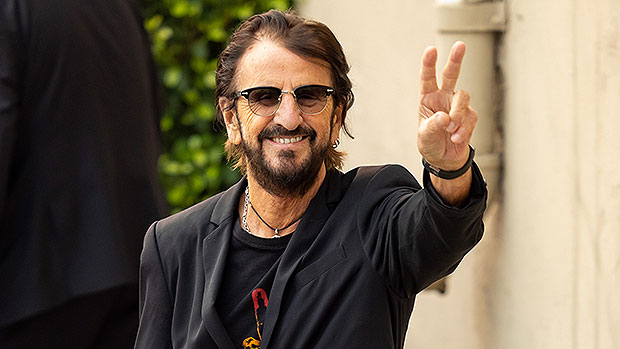
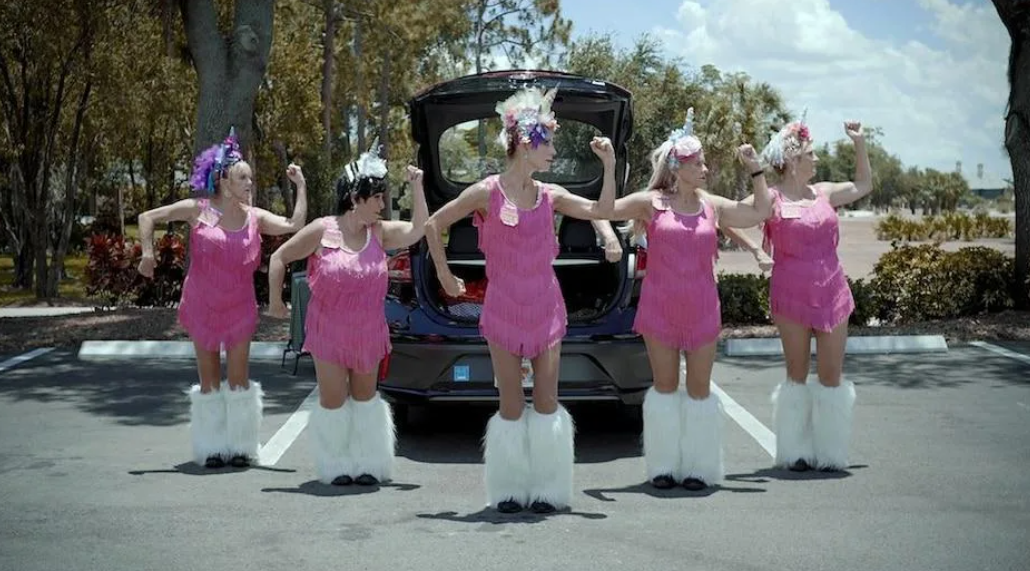













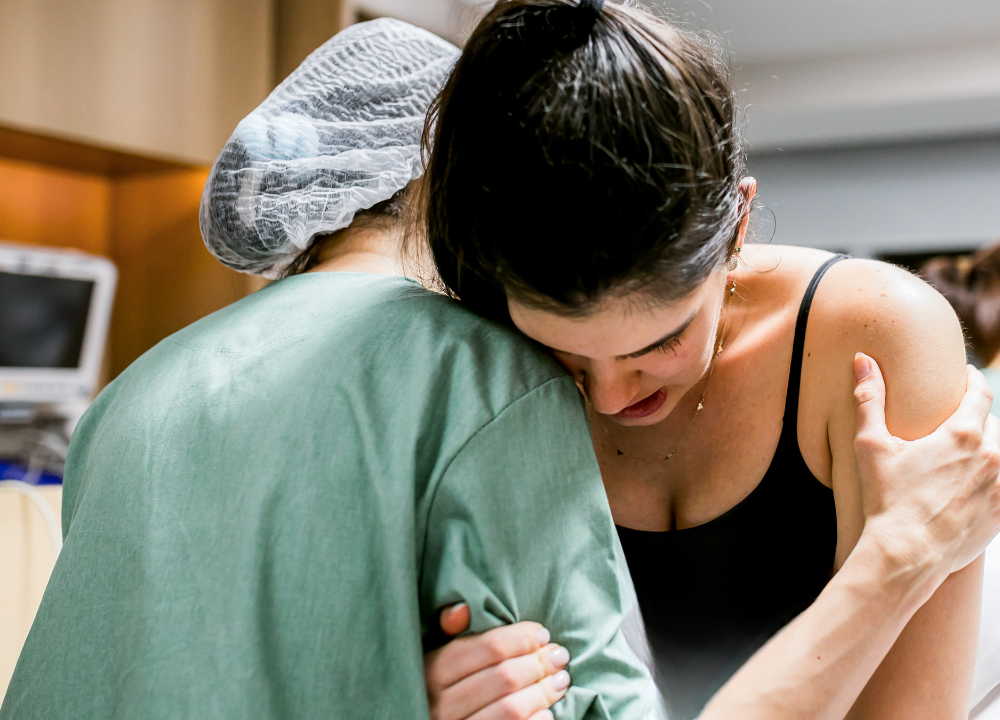


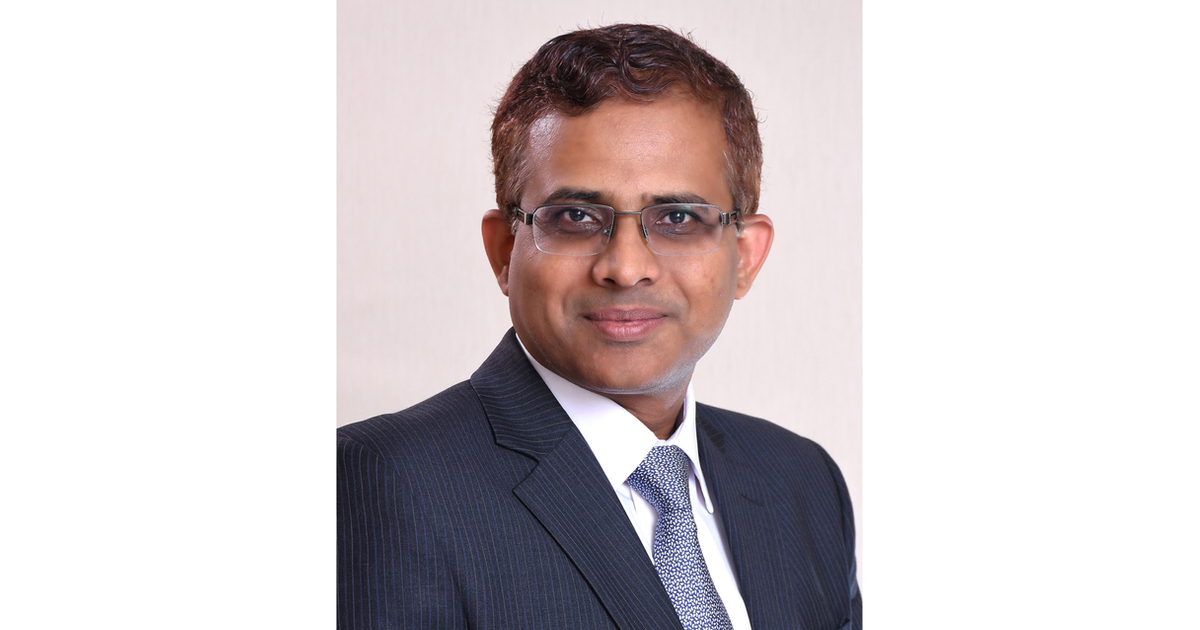


.jpg&h=630&w=1200&q=100&v=f776164e2b&c=1)